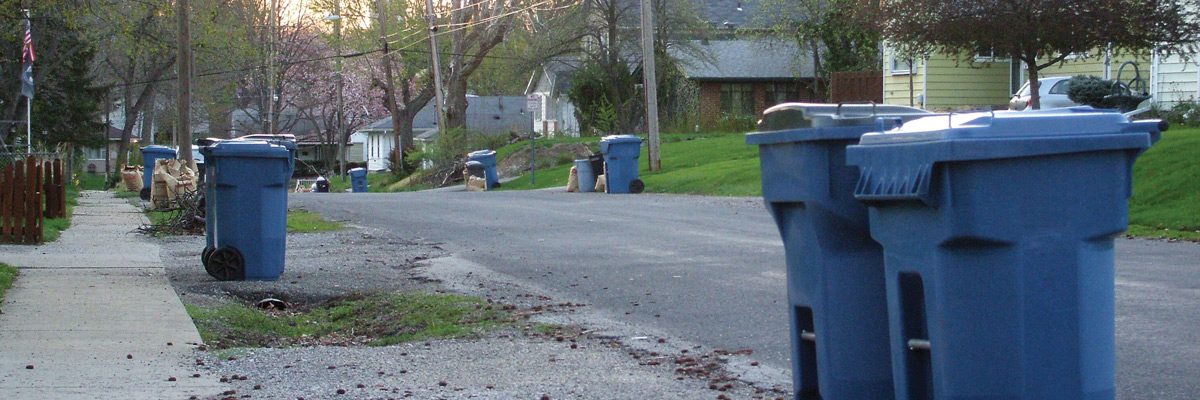When are the poor countries of the world going to catch a break. First they are conquered by the countries of Europe. Then they are handed over to corrupt and inept “local” leadership. Finally they are bought and paid for by the new corporate elites. This is just to0 nasty for words. But this is humans finest hour.
Africa: The New Land Grab in Africa – An Alarming Scramble for the Continent Is On
Agazit Abate
3 November 2011
Multinational corporations are buying enormous tracts of land in Africa to the detriment of local communities. Agazit Abate warns that the land grab puts countries on the path to increased food insecurity, environmental degradation, increased reliance on aid and marginalisation of farming and pastoralist communities.
The recent phenomenon of land grab, as outlined in the extensive research of the Oakland Institute, has resulted in the sale of enormous portions of land throughout Africa. In 2009 alone, nearly 60 million hectares of land were purchased or leased throughout the continent for the production and export of food, cut flowers and agrofuel crops.
Land grab was in part spurred by the food and financial crisis of 2008 when international bodies, corporations, investment funds, wealthy individuals, and governments began to re-focus their attention on agriculture and food as a profitable commodity. As outlined in the reports, the consequences of land grab include increased food insecurity, environmental degradation, community repression and displacement, and increased reliance on aid.
MEET THE INVESTORS
While media coverage has focused on the role of countries like India and China in land deals, the Oakland Institute’s investigation reveals the role of Western firms, wealthy US and European individuals, and investment funds with ties to major banks such as Goldman Sachs and JP Morgan. Investors include alternative investment firms like the London-based Emergent that works to attract speculators, and various universities like Harvard, Spelman and Vanderbilt.
Several Texas-based interests are associated with a major 600,000 hectares South Sudan deal which involves Kinyeti Development LLC, an Austin, Texas-based ‘global business development partnership and holding company’ managed by Howard Eugene Douglas, a former United States Ambassador at Large and Coordinator for Refugee Affairs. A key player in the largest land deal in Tanzania is Iowa agribusiness entrepreneur and Republican Party stalwart, Bruce Rastetter.
US companies are often below the radar, using subsidiaries registered in other countries, like Petrotech-ffn Agro Mali which is a subsidiary of Petrotech-ffn USA. Many European countries are also involved, often with support provided by their governments and embassies in African countries. For instance, Swedish and German firms have interests in the production of biofuels in Tanzanian. Addax Bioenergy from Switzerland and Quifel International Holdings (QIH) from Portugal are major investors in Sierra Leone. Sierra Leone Agriculture (SLA) is actually a subsidiary of the UK based Crad-1 (CAPARO Renewable Agriculture Developments Ltd.), associated with the Tony Blair African Governance Initiative.
:}
I just wanted to post the villains. For the rest of the analysis, go there and read that. More tomorrow.
:}


